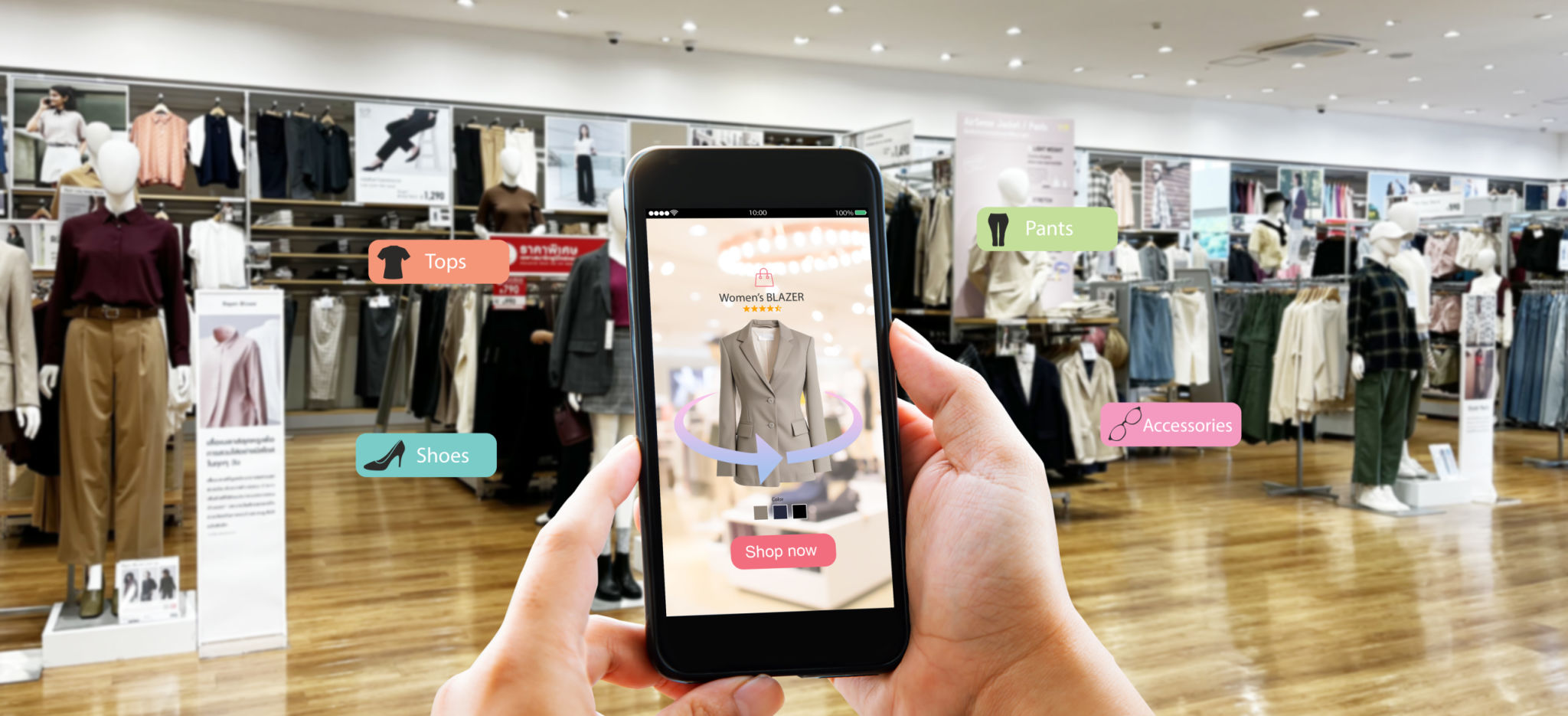Creating Immersive Experiences with AR: A Beginner's Guide
Understanding Augmented Reality
Augmented Reality (AR) is a technology that blends digital information with the physical world, enhancing the user experience by superimposing computer-generated elements onto real-world environments. Unlike Virtual Reality (VR), which creates an entirely virtual world, AR integrates digital components into the real world, offering a more immersive and interactive experience.

AR is accessible through various devices, including smartphones, tablets, and AR glasses. This accessibility makes it an attractive option for businesses and creators looking to engage their audience uniquely and memorably. From gaming to retail, AR is transforming how we interact with our surroundings.
The Basics of Creating AR Experiences
Embarking on a journey to create AR experiences begins with understanding the essential components involved. Key elements include digital content creation, real-world integration, and user interaction. Whether you're developing an app or an AR-enhanced marketing campaign, these components are crucial for crafting a seamless experience.
Start by defining the purpose of your AR project. Are you aiming to educate, entertain, or advertise? Once you have a clear objective, select the appropriate tools and platforms to bring your vision to life. Platforms like ARKit, ARCore, and Unity are popular choices among developers for creating compelling AR experiences.

Designing Engaging AR Content
Creating engaging AR content requires a blend of creativity and technical expertise. Begin with designing 3D models or animations that align with your project's goals. These digital assets should be visually appealing and relevant to your target audience. Consider incorporating interactive elements that encourage users to engage with the content actively.
Testing is a vital step in the design process. Ensure your AR experience functions seamlessly across different devices and environments. Pay attention to lighting conditions, as they can significantly affect the quality of AR interactions. Continuous testing and iteration will help you refine the user experience and ensure optimal performance.

Implementing AR in Various Industries
AR's versatility makes it applicable across numerous industries. In retail, businesses utilize AR to offer virtual try-ons, allowing customers to visualize products before purchasing. This not only enhances the shopping experience but also reduces return rates. In education, AR creates interactive learning environments that captivate students and deepen their understanding of complex subjects.
The entertainment industry has also embraced AR, with games like Pokémon GO demonstrating its potential to create captivating experiences that blend reality with virtual elements. By offering new ways to interact with content, AR continues to revolutionize entertainment and media consumption.
Future Trends in AR
As technology advances, the future of AR holds exciting possibilities. Improved hardware and software will lead to more sophisticated and immersive experiences. We can expect to see advancements in spatial awareness, gesture recognition, and real-time data overlay, further blurring the lines between digital and physical worlds.

Moreover, as 5G networks become more widespread, the increased bandwidth and reduced latency will facilitate smoother and more responsive AR interactions. This will open up new opportunities for real-time collaboration and remote assistance across various fields.
Getting Started with Your First AR Project
If you're ready to dive into the world of AR, start by educating yourself on the available tools and technologies. Online courses, tutorials, and communities can provide valuable insights and support as you begin your journey. Don't be afraid to experiment with different ideas and approaches—innovation often comes from unexpected places.
- Define your project's purpose and target audience.
- Select the right tools and platforms for development.
- Create engaging 3D content that resonates with users.
- Test extensively to ensure a seamless user experience.
- Stay informed about emerging trends and technologies in AR.
By following these steps and staying curious about the evolving landscape of AR, you'll be well on your way to creating immersive experiences that captivate and inspire your audience.
